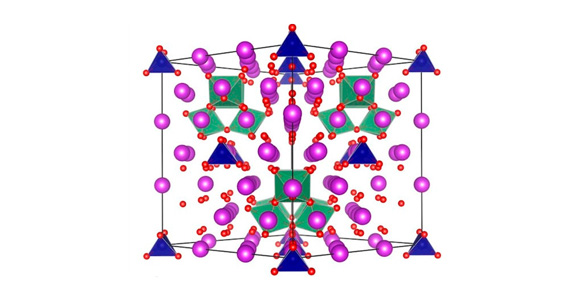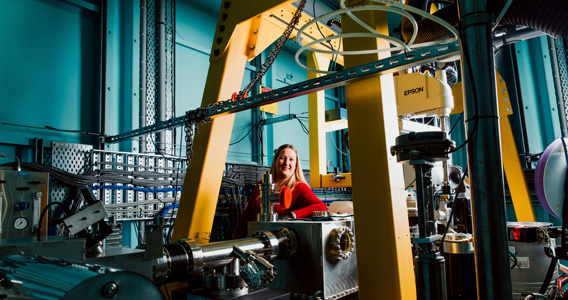Gun development is an important area for pushing towards low emittance electron sources. An electron gun test stand is proposed to be built in the linac tunnel. This project would enhance the capabilities of the accelerator physics and engineering groups and would allow for extensive collaborations with other research institutes and university groups. The project would increase our in-house capabilities and increase local industry participation in the precise
machining needed for producing the accelerating structures and integrated magnet systems. The existing infrastructure would decrease the total costs and the project would have no impact on normal operations. This is the first stage in an accelerator development program which would lay the foundations for a THz radiation source and an IR/VUV FEL.
With an RF photocathode electron gun generating electron pulses < 200 fs in duration at 1-3 MeV in energy it is possible to put a radiator (bend magnet) to generate temporally and spatially coherent synchrotron radiation between 10 to 100 cm-1 (0.3 to 3 THz) with an intensity that is currently unavailable using conventional sources such as photoconductive emitters. With the addition of an accelerating section to accelerate the electrons to between 10 and 30 MeV the photon flux would increase due to relativistic effects that collimate the beam in the forward direction. Such a source would add to the capability of the high resolution far-IR beamline currently at the Australian Synchrotron and complement already existing laser sources in Australia (e.g. University of Adelaide’s Tray Group).
While a hard x-ray FEL is considered to be too ambitious a project for Australia at present, an IR/VUV FEL is a project of interest to the Australian and New Zealand synchrotron user community. Putting a short super-conducting accelerating structure to accelerate the beam from the gun test stand would produce a beam that could be used to drive such a source. All of these projects form the basis of the accelerator science program and would help to attract students from both physics and engineering. Priority would be given to in-house engineering and manufacture as far as practical in order to develop the capabilities of the Australian Synchrotron engineering and technical personnel.
There are a number of projects that have been identified as possible developments to expand the capabilities of the Australian Synchrotron Accelerator Science Group. These projects would allow for collaborations with other research institutions and universities and help in growing the community of people interested in accelerator physics.
![]() Download Full Draft Accelerator Development Systems Project Proposal Here (pdf, 134kb)
Download Full Draft Accelerator Development Systems Project Proposal Here (pdf, 134kb)
Contact Greg LeBlanc
Position: Head of Accelerator Science and Operations, Australian Synchrotron
Phone: +61 (0)3 8540 4209
Fax: +61 (0)3 8540 4200
Email: greg.leblanc@synchrotron.org.au
Further Information
- Contact Andrew Peele or Kia Wallwork at asdp@synchrotron.org.au.











